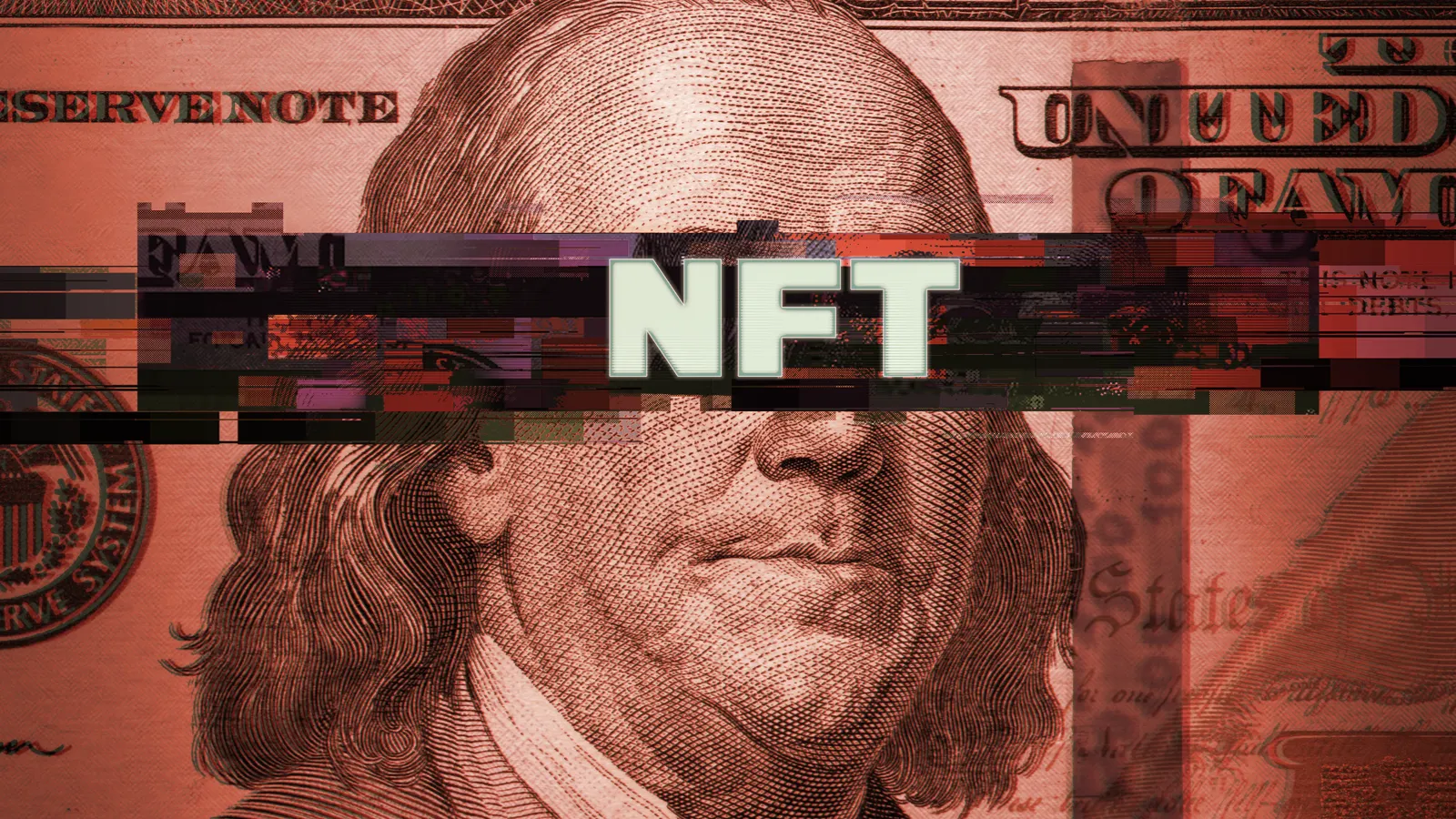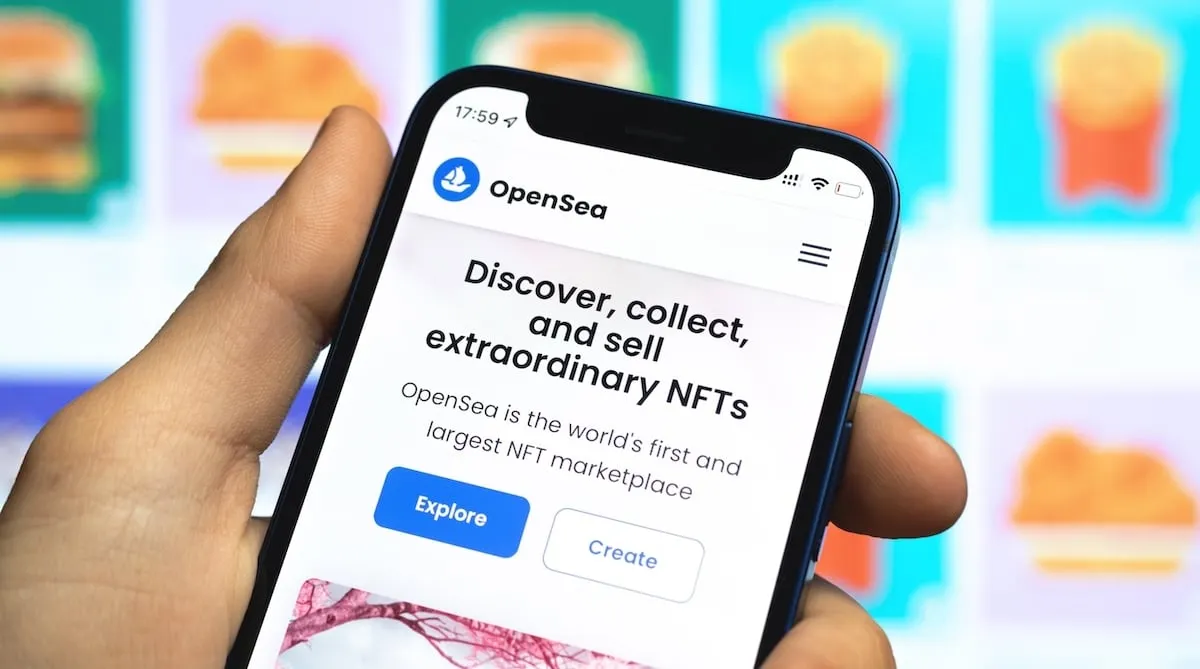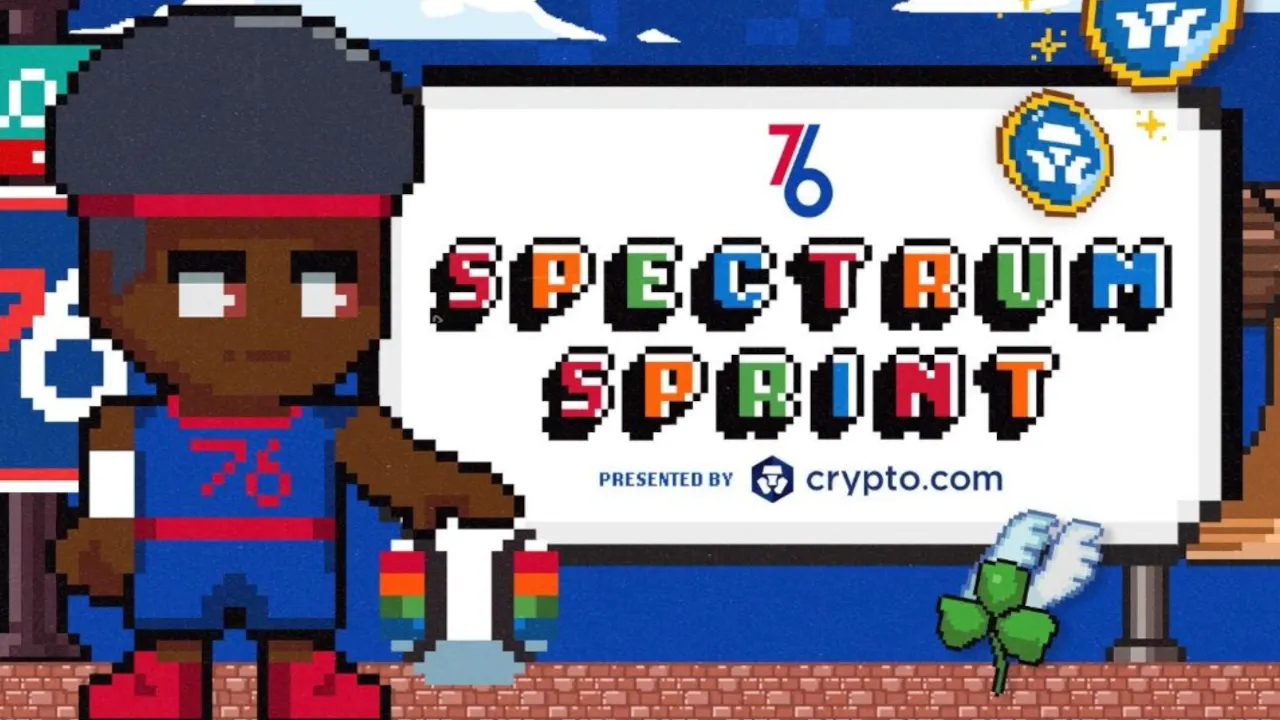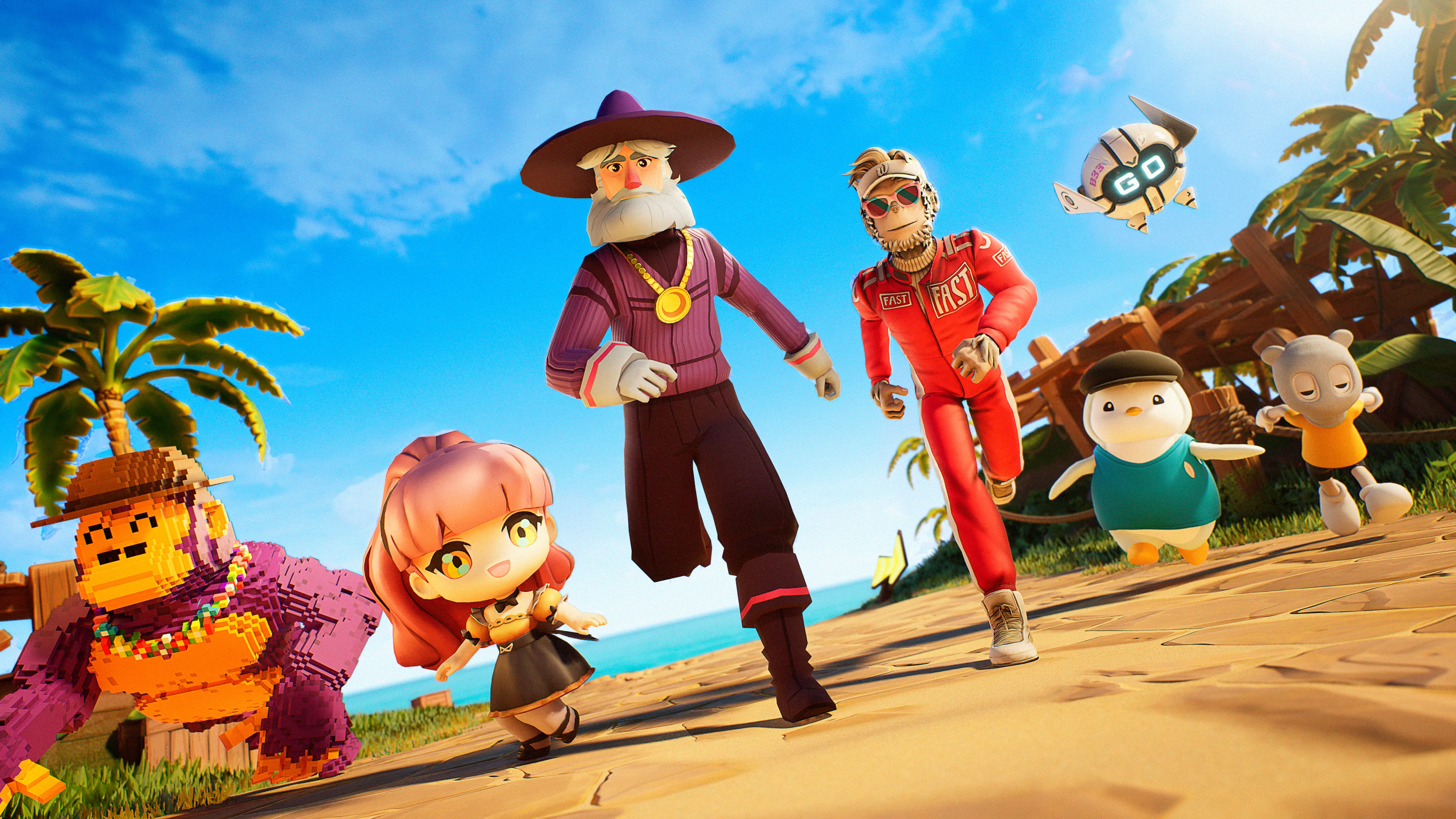When my family and I showed our uncle a Bored Ape on NFT marketplace OpenSea, his initial reaction was confusion and shock. “How is that monkey worth $200,000?” he exclaimed.
He's not alone; many people have expressed bafflement at the spectacle of non-fungible token (NFT) artwork selling for thousands, or millions, of dollars. Without a clear understanding of what happens under the hood, it can leave them feeling perplexed about what really goes on in the NFT space.
So where does the value of an NFT come from? There are lots of variables that collectors consider, including ownership, identity, scarcity, aesthetics, community, technology, and utility.
Value of ownership
First, let’s consider how NFTs accrue value. Many of the variables that affect their value fall outside the art itself.
For the first time, NFTs are providing proof of ownership over digital assets through the use of blockchain. Each NFT contract contains a token ID number, and following this, an address that belongs to the owner. In the Web2 world, ownership of digital assets such as artwork or music has historically been difficult to determine; for instance, someone could right-click and save an image and claim that they own it. And while the image exists as a download on their computer, is this really true ownership?
Decrypt Learn: What Are Non-Fungible Tokens (NFTs)?
Non-fungible tokens, or NFTs, are digital assets that are provably unique. They can be used to represent both tangible and intangible items.
NFTs are a completely novel asset class. The tokens are cryptographically unique, and cannot be replicated or copied. They're stored on blockchain, a web of public ledgers that tracks both provenance and transactions. Because blockchains are a trustless, decentralized technology, there's no requirement for psychological trust involved in any of the interactions or transactions; no one person owns or commands them. And because their records are public, anyone can find out who's owned the NFT, its sales history, and when it was first minted. As a result, we can quite easily determine what is authentic, and what is fake, and thereby we can attribute value.
Another key property of NFTs is their metadata, which enables information to be inserted into the NFT, such as descriptions, images and names. These properties arguably form another factor by which value can be determined. Furthermore, it is not just images that fall under the umbrella of NFTs, but a whole array of media forms such as GIFS, texts, videos, music, and games can all be minted and sold as NFTs.
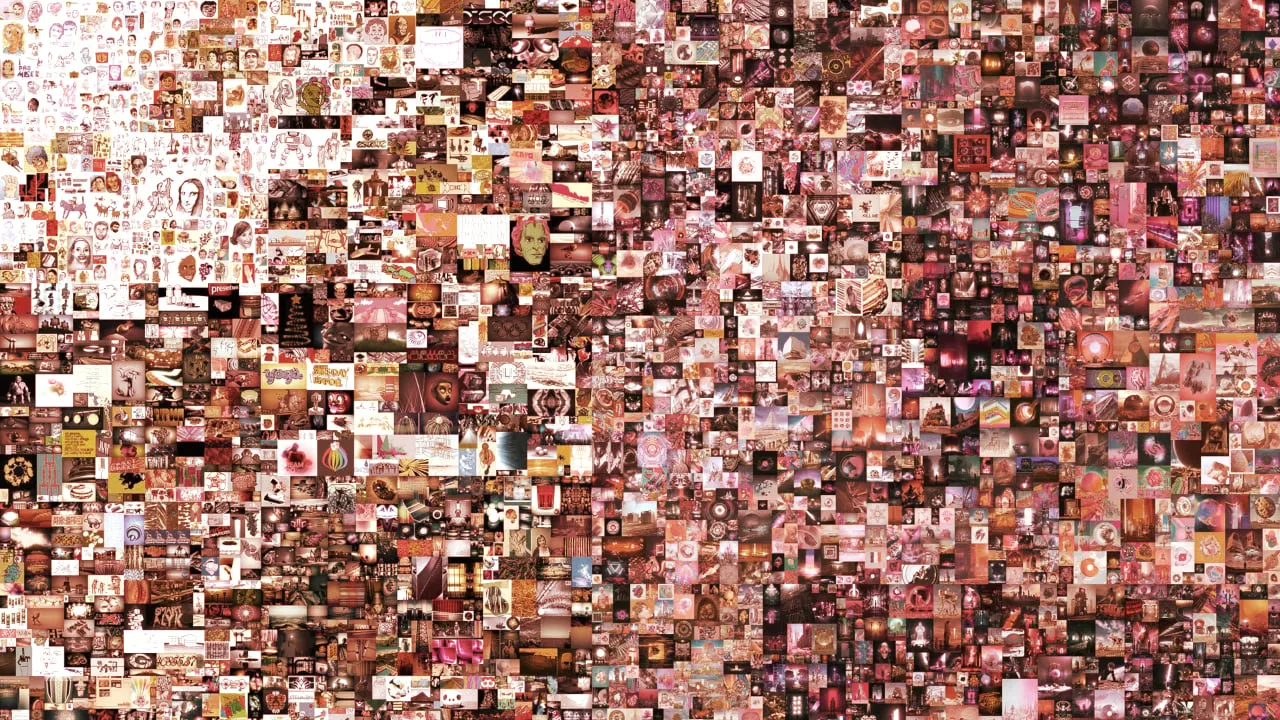
The 15 Most Expensive NFTs Ever Sold
Non-fungible tokens, or NFTs, are changing the way we think about art—and investors are starting to take notice. In the last year, NFTs have shot to the forefront of the crypto space. The cryptographically-unique tokens make it possible to create real-world scarcity for digital objects, and artists have seized on the opportunity presented by the technology. The NFT market exploded in 2021, generating some $25 billion worth of trading volume, and the momentum hasn’t slowed so far this year. This...
To recap: NFTs are stored on a blockchain, they have clearly defined owners, and they point to metadata files, which link to the creations themselves.
Essentially, you have the ability to purchase ownership of a digital asset and transfer it to others without the influence of centralized platforms or third parties. It's this true ownership that forms the crucial differentiating factor for NFTs over existing forms of digital content, and enables them to accrue value.
Value of membership
But the value of NFTs lies in more than their proof of provenance; community is just as important.
Community is intrinsic to human nature, something that every person yearns for, or is a part of in some form. Whether it be niche interests, hobbies or friendships, online or digital, we all have our own groups where we interact with like-minded individuals.
Why Neeraj Is Wrong About My Bored Ape
In August, I wrote a guest column for Decrypt about why domain investors like me are buying up NFTs. In the NFT metaverse, time is closer to something out of a Marvel movie than our normal reality. So much has evolved and happened in the NFT space since August that I had been contemplating a followup article when I read this tweet on November 1 from Coin Center’s Neeraj Agrawal, one of the most widely followed personalities on Crypto Twitter: “I’m sorry but I really can’t imagine the apes stayi...
Many NFTs serve as membership passes to a community. Anyone who can prove that they own a Bored Ape Yacht Club NFT, for example, is welcomed into a community where they can take part in a private Discord, receive invitations to social events, and network with other BAYC holders—including celebrities ranging from Snoop Dogg to Paris Hilton.
Evidently then, value arises from the micro-level rather than simply through the NFT's artwork. Value can be created amongst a tight-knit group of even 100 collectors, and it is the community that sustains the value based on their commitment.
Value of identity
Just as with community, our identity is inherently important to our everyday life; how we present ourselves to the world is intertwined with status, whether it's wearing an expensive watch, a band T-shirt or a mustache.
Similarly, we use NFTs to tell the digital world something about ourselves. Many collectors have begun to use NFTs as their digital identity; a Bored Ape or CryptoPunk becomes intertwined with how the owner sees themselves and represents themselves to others. It's also an effective networking tool, verifying the holder as part of the NFT's community. Twitter has lent weight to this view of NFTs, enabling users to use verified NFTs as their profile picture.
gm!
You asked (a lot), so we made it. Now rolling out in Labs: NFT Profile Pictures on iOS pic.twitter.com/HFyspS4cQW
— Twitter Blue (@TwitterBlue) January 20, 2022
And that digital identity has an associated value; one CryptoPunk holder turned down an offer of $9.5 million for his NFT, arguing that, "our online identities are just as strong—if not more powerful—than our real-life personas."
The value of NFTs is determined by the community; the market decides what they're worth, based on factors including what their previous work sold for, their portfolio of previous work, how long they have been creating and who has collected their work. By comparing it to other art forms, we can make well-informed choices about whether the art is valuable or not.
Scarcity and rarity
For the first time, digital artwork can be linked with scarcity; that limited supply can add to the value of an NFT. Collectors find beauty in the number or size of a collection; for instance, 1/1s are seemingly more valuable than an NFT from a collection of 10,000, given that there will only ever be one of the NFT in existence.
Rare traits can also lend value to an NFT; the scarcer the rarity, the higher it will be valued. The most valuable CryptoPunks are the rare Alien and Ape punks, many of which have sold for multimillion-dollar sums. However, aesthetic preference can outweigh rarity; in some NFT collections, relatively common traits have become sought-after, suggesting the role that trends and the community play in determining value.
Influence and memes
Value can be arbitrary; something may suddenly gain value without any reason why. But more often than not, there's something that acts as a catalyst, and it can be the result of an outside force. Take Crypto Skulls, a collection that chugged along unremarked since its creation in 2017—until NFT influencer Gary Vee swept the floor, prompting a wave of hype that saw floor prices hit 4 ETH in a matter of 24 hours. It's not just the art itself that determines value; it's driven by individuals and influence.
"What's happened in the past year or so, with meme stocks, meme cryptocurrencies, and NFTs, is that random people on the Internet don't really care what the institutional establishment says is valuable," early NFT investor Nick Tomaino told Decrypt. "If the collective group of people on the Internet believes something has value, it has value."
Early NFT Investor Nick Tomaino Talks OpenSea, Solana, Coinbase
Nick Tomaino was one of the first Coinbase employees, then left to start his own crypto VC firm 1confirmation. He was an early investor in OpenSea's 2018 round and he's on the board of SuperRare. He talked to Decrypt EIC Dan Roberts about OpenSea's recent employee trading scandal, how to explain NFTs to newcomers, the rise of Solana (he's skeptical), and where he thinks Coinbase is headed.
Value of royalties
Unlike the web 2.0 world, where artists have to rely on copyright laws to establish ownership of their work, Web3 and NFTs ensure that the art is inherently their creation, and only when it transfers is the ownership changed.
For a long time, third-party platforms have acted as rent-seeking intermediaries in the art world, taking the lion's share of profits from secondary market sales. NFTs enable artists to profit from both the initial sale of their work and the secondary market via automated royalties. This provides a steady revenue stream for artists, as well as the promise of rewards from sales made as they established themselves in the art world, should they subsequently become more famous and their early work rise in value.
Value of utility
To date, most of the conversation around the value of NFTs has focused on NFT artworks. But in recent months, NFTs with additional utility have come into increasing focus.
NFTs that have gained the most traction have increasingly been those that offer utility through airdrops, in real-life events that can only be accessed via the NFT, in access to the metaverse, governance through DAOs, or even opportunities to mint other projects.
It's the culmination of the factors discussed in the article so far: ownership, membership, identity, rarity, scarcity, utility, and aesthetic. They make the NFT more meaningful and help to engrain sentiment and attachment, both of which make the NFT much harder to just flip for financial investment.
More sophisticated forms of utility are emerging with the intersection of decentralized finance (DeFi) and NFTs, with some collections offering the ability to stake NFTs in exchange for tokens—offering collectors the opportunity to make passive income.
As demands for more utility grow, artistic value alone is no longer enough to satisfy NFT collectors. Communities are expecting more from NFT creators than a prototypical roadmap, irrespective of whether they're just an artist.
Sometimes these expectations aren't realistic; the greatest NFT collections have succeeded based on new, exciting and unique ideas. Once they've been done, it's difficult for derivatives to sustain the same model over a long period of time, as the novel becomes repetitive and familiar.
Given the speed and high stakes on the table, it's difficult to judge what the space will look like in a year. At the time of writing, gamification and tokenomics are two of the most sought-after utilities that a project can develop and provide for its community—but this could change.

